Homepage » Public Art on Banks in High Street
Public Art on Banks in Coventry’s High Street
There is a tendency in all towns and cities for the main Banks and Building Societies to congregate in the High Street. Perhaps it is prestigious to have a High Street address on their letterheads. It’s a shame that Coventry’s High Street is so very short that it gets a bit crowded with different banks jostling for the best position. A few banks have set up in the High Street then moved later to larger and newer space somewhere else in the street. When you walk along the High Street from the Council House, take a look at the honey coloured building of the ‘Halifax’ on the corner of the old Rose and Crown Court.

The Halifax building was originally built by another bank, but which one? You may get a clue if you look hard – over the entrance to the main door you will see a ‘honey bee hive’ carved into the stone work.
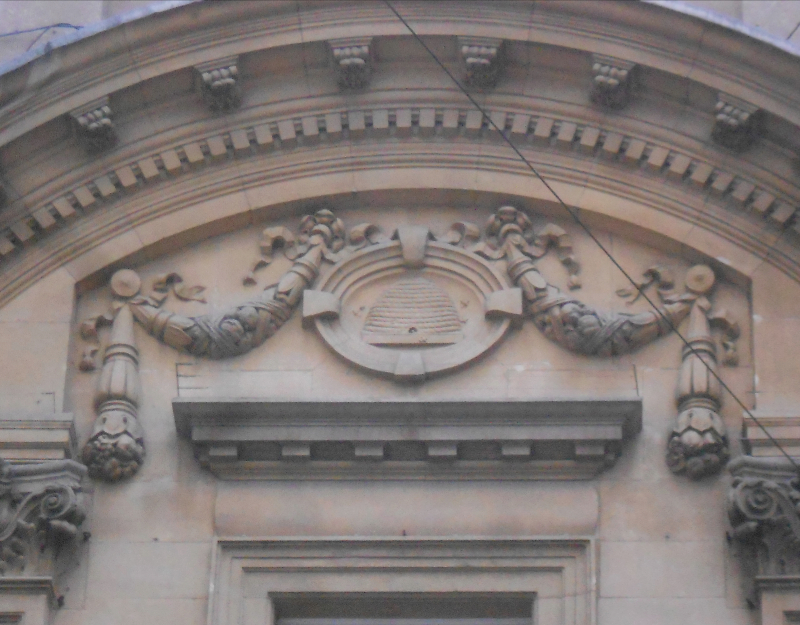
Honey bees have always been associated with industry and collectively working together for the better good of all. Lots of different groups have associated themselves with Bees, especially relating to industrial activities. For example Manchester City Council has Bees in its coat of arms and following the recent terror attacks you may have seen the symbol of the ‘bee’ used as a support for the people of Manchester.
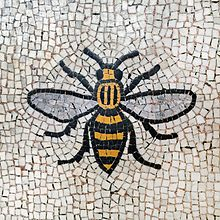
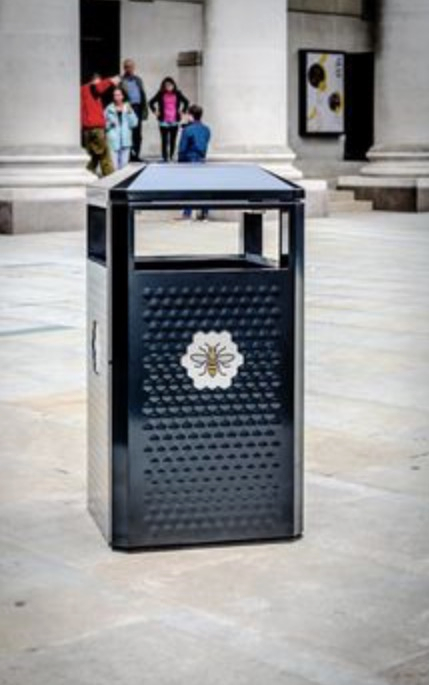
The Worker Bee is one of the best-known symbols of Manchester.
The reason for this ‘bee hive’ on the Halifax building is because it was originally a Lloyds Bank. Lloyds started in Birmingham in 1765. The bank was a powerful force in the growth of local industries in Birmingham and the Midlands. Originally known as Taylor & Lloyds, they took the symbol of the Bee Hive for industry and hard work. Lloyds Bank grew and took over or merged with more than 200 other banks, one being the older Barnetts, Hoares, Hanburys and Lloyds who had started in 1728 in London and their symbol had been a black horse, so when Lloyds of Coventry had a new building built in the High Street on the corner of Greyfriers Lane, they had the Lloyds horse carved over the main entrance.
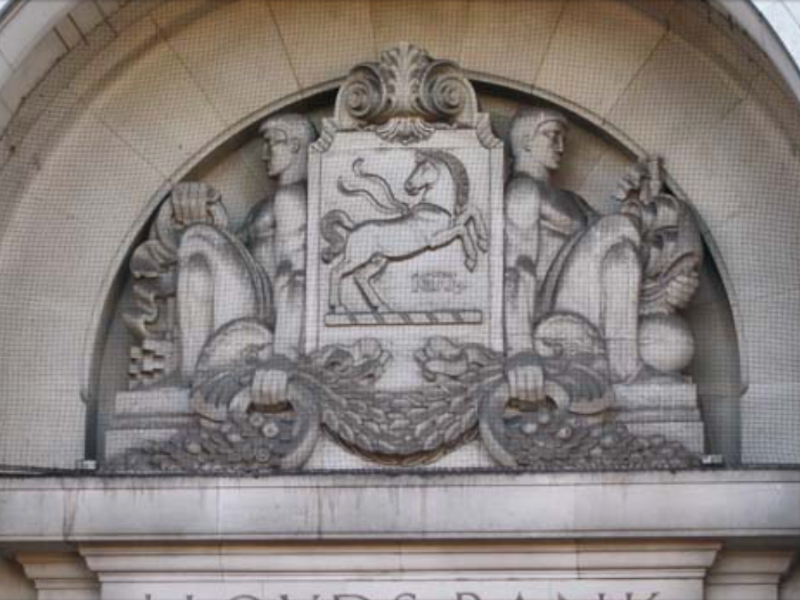
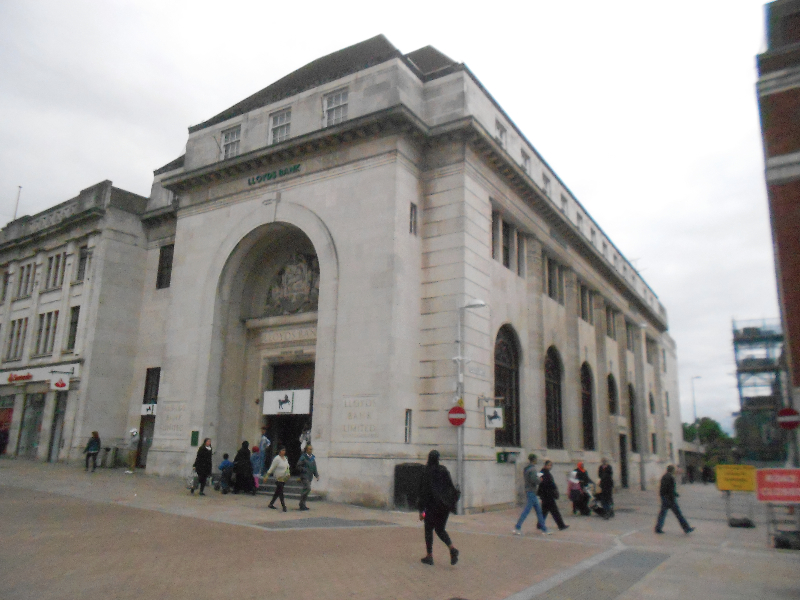
Not much is known about who did the carvings. The new building was designed by architects Buckland and Haywood of Birmingham and was completed in 1932. The large arched opening, which encloses the main doorway, has the black horse symbol carved in high relief like a coat of arms. It has supporting seated male figures, one holding a large bunch of keys, showing security, and the other figure has a model of a ship showing that Lloyds is one of the biggest shipbrokers. Both figures hold on to the swag, which contains laurels, flowers and fruits. The figures are carved in an Art Deco block-like form, a neo-classicist style which was very fashionable during the 1920’s and 1930’s. The architects Buckland and Haywood did many impressive building in Birmingham, including Baskerville House 1938, a Grade II listed building in the Art Deco architectural style. Its more then likely the builders and craftsman worked on both building.
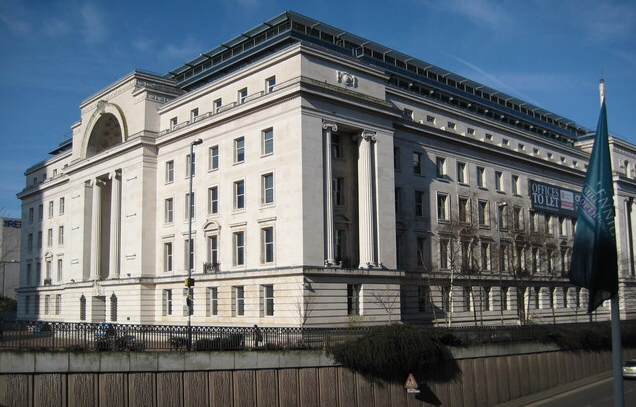
Baskerville House, Centenary Square, Birmingham.
Other Banks have moved in the High Street. For example Barclays Bank used to be on the other side of the street but relocated to the site that used to be the Craven Arms Public House. Their original building is now the Yorkshire Bank.
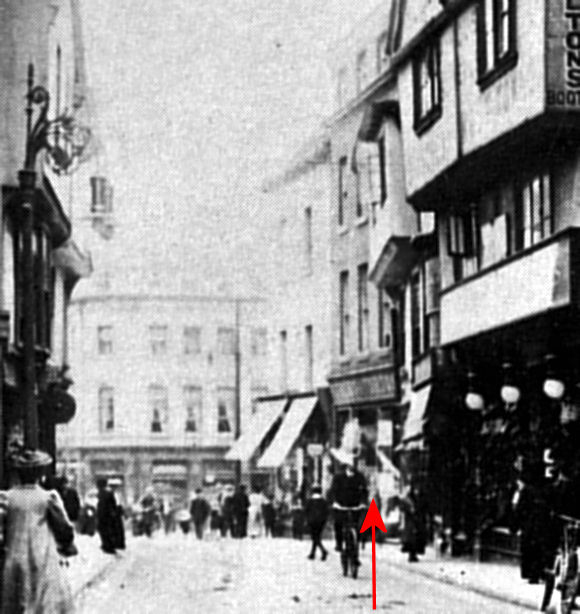
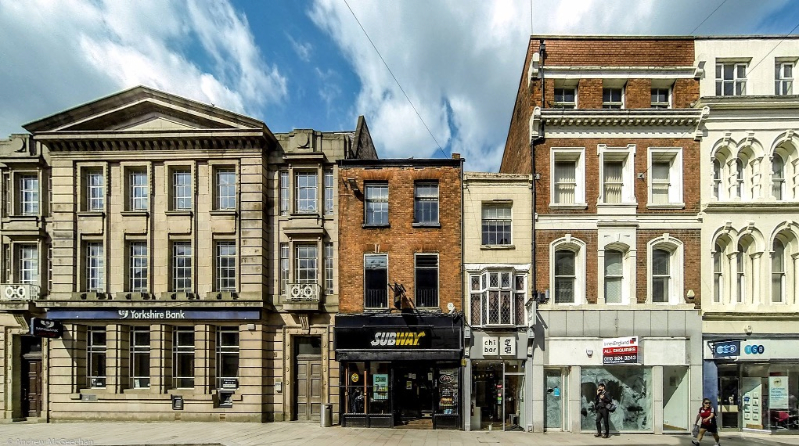
The Yorkshire Bank was originally Barclay’s.
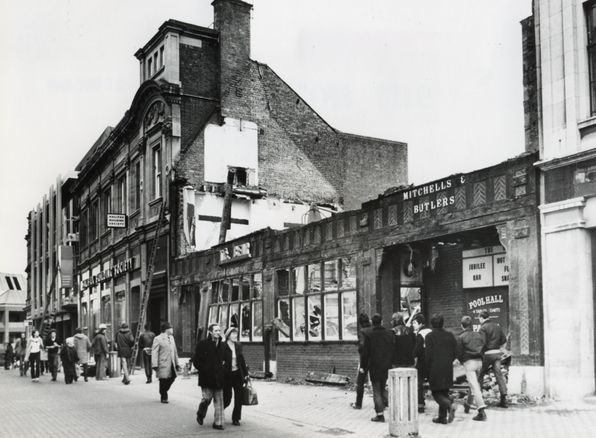
The old Craven Arms Public House being taken down for the new Barclay’s Bank building.
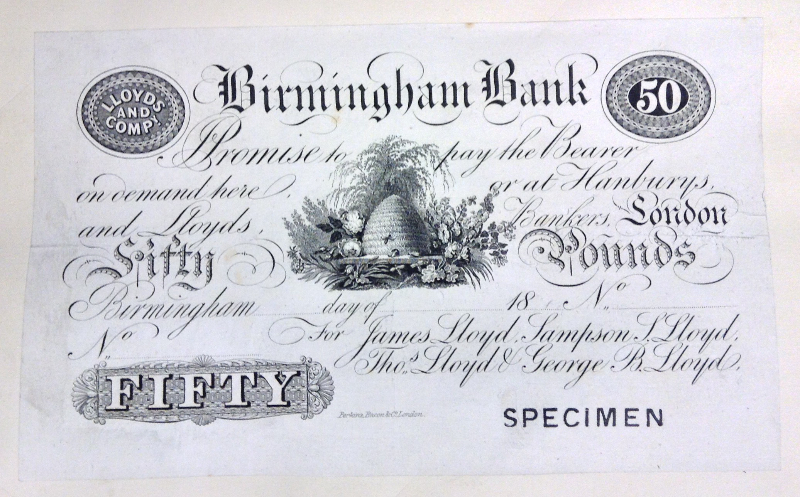
It’s interesting that the Bee Hive was used to show industrial traits and Lloyds Bank had used the Bee Hive on their Bank notes. Some of the staff of Lloyds were not too happy about the change from ‘Bee hive’ to the ‘black horse’ as shown in this cartoon in a staff newsletter of the time.
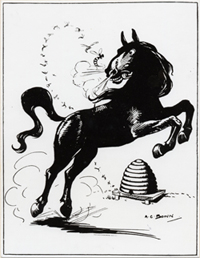
It was only by chance that the lovely carved bee hive was not chipped off the old Lloyds building and it now makes a wonderful decoration to the building.



